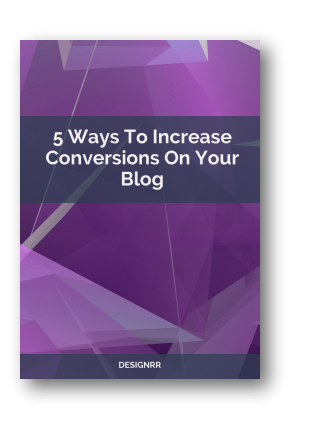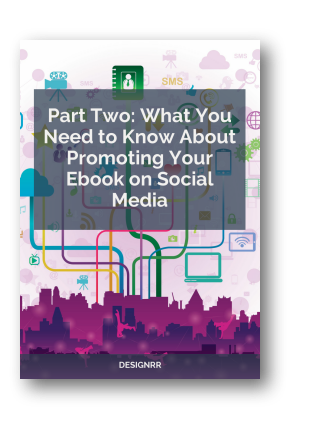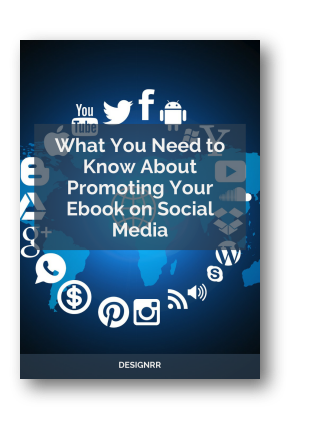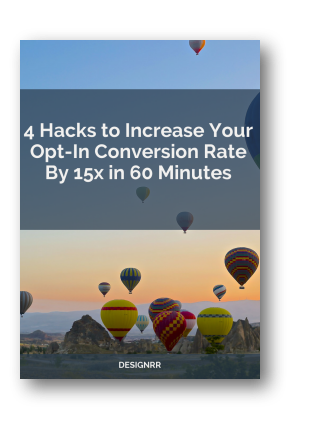Are you a content creator, digital marketer, or business owner grappling with the decision of whether to offer an e-book or a flipbook to your audience? This choice is more than just about format; it’s about understanding the needs and preferences of your target audience and how each option can impact your engagement and conversion rates.
In this detailed guide, we’ll dissect the nuances of e-books and flipbooks, helping you make an informed decision on which format best suits your business objectives, whether for lead generation or direct sales. Let’s dive in and explore these digital formats, each with its unique potential to captivate and convert your audience.
Table Comparison: E-book vs Flipbooks
Don’t have time to read our article? Here’s a table comparing e-books and flipbooks on various aspects relevant to businesses:
| Criteria | E-Books | Flipbooks |
|---|---|---|
| Format | ePub, PDF, MOBI | HTML5-based interactive digital publications |
| User Experience | Linear, text-focused, similar to traditional reading | Interactive, engaging with page-flipping effect |
| Interactivity | Generally limited to hyperlinks and basic navigation | High (includes videos, links, animations) |
| Design Flexibility | Fixed layout (PDF) or reflowable text (ePub, MOBI) | Highly customizable with brand elements and layouts |
| Device Compatibility | Broad (e-readers, tablets, smartphones) | Broad, best experienced on larger screens (tablets, desktops) |
| Ideal Use Cases | In-depth content, guides, novels, educational material | Catalogs, magazines, marketing materials, interactive reports |
| Accessibility | High (features like text-to-speech, adjustable text size) | Varies (can be limited for users with disabilities) |
| Internet Dependency | Not required for reading (except for downloading) | Often required for full functionality |
| Engagement Metrics | Basic (e.g., downloads, time spent) | Advanced (click-through rates, interaction tracking) |
| Production Complexity | Relatively simple and cost-effective | More complex, may require specialized software |
| Distribution Channels | Amazon Kindle, Apple Books, Google Play Books, etc. | Hosted on websites, shared via links |
| Marketing Potential | Effective for lead generation and establishing authority | Excellent for visual engagement and interactive marketing |
| Cost | Generally lower | Potentially higher due to interactive elements |
This table provides a clear comparison between e-books and flipbooks, helping businesses understand which format might be more suitable for their specific needs and goals.
Ebooks
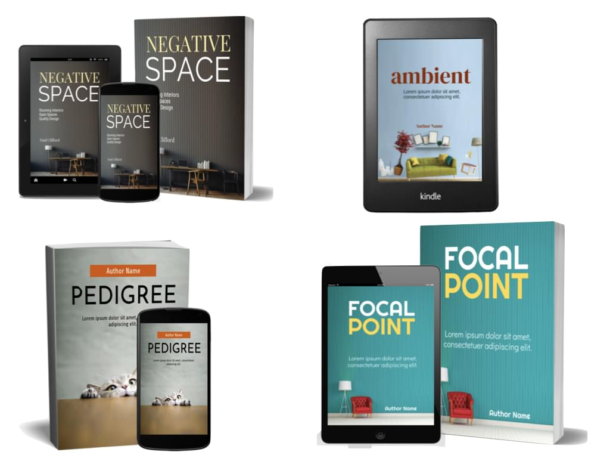 Definition and Overview
Definition and Overview
E-books are a powerhouse. They are books in digital format, easily accessible on various devices like e-readers, tablets, and smartphones. For businesses, e-books are not just a medium for storytelling; they are a tool for lead generation, brand authority building, and customer education. Their rise in popularity is a testament to their effectiveness in engaging a digital-savvy audience.
Key Features
E-books come in formats like ePub, PDF, and MOBI, each offering unique benefits. ePub files are flexible, adapting to different screen sizes, making them user-friendly across devices. PDFs maintain your layout and design, ensuring a consistent visual experience, while MOBI files are perfect for Amazon Kindle users.
The compatibility of e-books with a range of devices is a significant plus for businesses. Whether your audience uses a smartphone or an e-reader, your content remains accessible, increasing your reach and engagement potential.
Advantages
E-books are a marketer’s ally. They offer incredible portability, allowing your audience to access your content anywhere, anytime. This convenience means higher engagement rates and more opportunities for lead capture. E-books also allow for deep dives into topics, establishing your brand’s expertise and authority in your field.
Limitations
However, e-books aren’t without limitations. The lack of interactive elements can make them less engaging than other digital formats, especially for content that relies heavily on visual elements. Also, the reading experience is more static, which might not appeal to an audience accustomed to more dynamic content.
Flipbooks
Definition and Overview
Flipbooks are an innovative twist in digital publishing, offering an interactive experience that closely mimics a physical book. They transform PDFs into dynamic, page-flipping digital publications, ideal for catalogs, magazines, and brochures. For businesses, flipbooks are a gateway to a more engaging, visually stimulating way of presenting content, perfect for capturing the attention of a visually driven audience.
Key Features
The interactive nature of flipbooks is their standout feature. They can include embedded videos, links, and animations, turning a standard document into an engaging experience. This interactivity not only captivates readers but also encourages them to spend more time with your content, increasing the chances of conversion.
Customization is another significant advantage. Flipbooks can be tailored to reflect your brand’s identity, from color schemes to logos, ensuring a consistent brand experience across all customer touchpoints.
Advantages
Flipbooks excel in marketing applications. Their visually rich format makes them ideal for showcasing products, telling a brand story, or presenting complex information in an easily digestible format. The ability to track how users interact with your flipbook – what they click on, how long they stay on a page – offers invaluable insights into user engagement and content effectiveness.
Limitations
However, flipbooks do have drawbacks. They typically require an internet connection, which can limit accessibility in areas with poor connectivity. Also, designing a high-quality flipbook might require more resources and technical know-how compared to a standard e-book.
Ready to elevate your digital content? Click here to try Designrr.io and transform your content creation effortlessly into stunning e-books and flipbooks. Start your journey towards engaging, professional digital publishing today!
Ebook vs. Flipbook: Comparative Analysis

Now, we’re going to juxtapose e-books and flipbooks, shedding light on their distinct characteristics from a business perspective, focusing on how each can serve your marketing and engagement objectives.
E-Books vs. Flipbooks: Engagement and User Experience
E-books offer a straightforward, focused reading experience. They’re excellent for in-depth content, such as guides, whitepapers, or comprehensive reports. This format is ideal for audiences seeking substantial, informative content without the need for interactive elements.
Flipbooks, by contrast, provide a more dynamic user experience. The interactive features and visually appealing layout make them perfect for content where engagement and visual presentation are key. They work exceptionally well for product catalogs, interactive reports, or digital magazines.
Use Cases in Business
E-books are a powerful tool for lead generation and nurturing. They can be offered as free downloads in exchange for email addresses, helping build your mailing list. They’re also effective for establishing thought leadership and providing valuable knowledge to your audience.
Flipbooks are more suited for creating an immersive brand experience. They can enhance online presentations, make annual reports more engaging, and provide an interactive platform for showcasing products or services. They’re particularly effective in capturing the attention of a visually oriented audience.
Audience Preference and Conversion Potential
The choice between e-books and flipbooks often depends on your target audience’s preferences. E-books are favored by audiences looking for depth and detail, while flipbooks appeal to those who prefer a more interactive and visually engaging experience.
From a conversion standpoint, flipbooks can be more effective in capturing leads through interactive elements like embedded forms and links. E-books, however, are excellent for long-term engagement and building credibility, which indirectly supports conversion.
Ebook vs. Flipbook: Technical Considerations
 Choosing between e-books and flipbooks involves understanding their technical aspects, which can significantly impact your content strategy and user experience.
Choosing between e-books and flipbooks involves understanding their technical aspects, which can significantly impact your content strategy and user experience.
Format and Compatibility
E-books are typically available in formats like ePub, PDF, and MOBI. ePub is excellent for text-heavy content due to its reflowable nature, ensuring readability across devices. PDFs are universally accessible and maintain your layout, but they lack interactivity. MOBI is ideal for Amazon Kindle users, a significant segment of the e-reader market.
Flipbooks are created in HTML5, ensuring compatibility across modern web browsers and devices. This format supports rich media content, making your flipbooks accessible and engaging on various platforms. However, the level of interactivity might vary depending on the device, especially on smartphones with smaller screens.
Publishing Process
Publishing e-books is relatively straightforward and cost-effective. Tools like Adobe InDesign or free online converters can easily turn your documents into e-books, ready for distribution on platforms like Amazon Kindle or Apple Books.
Creating flipbooks might require more specialized software, like FlippingBook or Adobe InDesign with interactive elements. While the process is more complex than creating e-books, the outcome is a highly engaging digital publication.
Accessibility and Usability
E-books generally offer better accessibility features, such as text-to-speech and adjustable text sizes, making them suitable for a wider audience, including those with disabilities.
Flipbooks can sometimes fall short in terms of accessibility, especially for users who rely on screen readers or have other accessibility needs. Ensuring that your flipbooks are as accessible as possible is crucial to avoid alienating parts of your audience.
Conclusion
Both formats have transformed the reading experience, each catering to different preferences and needs.
- E-Books for Depth and Authority: If your goal is to provide in-depth information, establish thought leadership, or offer comprehensive guides, e-books are your best bet. They are ideal for long-form content that requires focus and attention from the reader.
- Flipbooks for Engagement and Visual Appeal: Choose flipbooks when your content is visually driven or when you want to create an interactive experience. They work exceptionally well for product catalogs, interactive reports, and digital magazines, offering a more engaging way to present information.
- Understanding Your Audience: The choice between e-books and flipbooks should be guided by your audience’s preferences and behavior. E-books cater to an audience seeking knowledge and value, while flipbooks appeal to those who enjoy interactive, visually rich content.
- Technical Considerations: Consider the technical aspects, such as format compatibility, publishing process, and accessibility, which can impact your content’s reach and effectiveness.
- Staying Ahead of Trends: Keep an eye on market trends and technological advancements. Being adaptable and forward-thinking in your digital content strategy can give you a competitive edge.
In conclusion, whether you choose e-books or flipbooks, the key is to align your choice with your business objectives and audience needs. Both formats offer unique advantages and can be powerful tools in your content marketing arsenal. By understanding the strengths and limitations of each, you can effectively engage your audience, strengthen your brand presence, and achieve your business goals.
Designrr.io stands out as an indispensable asset for anyone venturing into the realm of digital publishing. This innovative platform effortlessly converts blog posts, PDFs, and various content forms into stunning e-books and flipbooks. Its intuitive interface and robust features empower users to craft professional-grade digital publications with ease.
Whether you’re aiming to captivate your audience with a sleek e-book or an interactive flipbook, Designrr.io equips you with the tools to do so efficiently and effectively. It’s a game-changer for content creators, marketers, and business owners who demand excellence and efficiency in their digital content creation.

